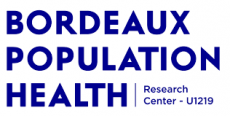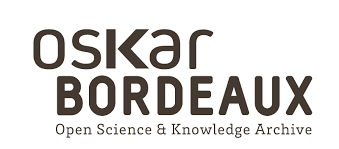High-resolution Free-breathing late gadolinium enhancement Cardiovascular magnetic resonance to diagnose myocardial injuries following COVID-19 infection
Résumé
PURPOSE: High-resolution free-breathing late gadolinium enhancement (HR-LGE) was shown valuable for the diagnosis of acute coronary syndromes with non-obstructed coronary arteries. The method may be useful to detect COVID-related myocardial injuries but is hampered by prolonged acquisition times. We aimed to introduce an accelerated HR-LGE technique for the diagnosis of COVID-related myocardial injuries. METHOD: An undersampled navigator-gated HR-LGE (acquired resolution of 1.25 mm(3)) sequence combined with advanced patch-based low-rank reconstruction was developed and validated in a phantom and in 23 patients with structural heart disease (test cohort; 15 men; 55 ± 16 years). Twenty patients with laboratory-confirmed COVID-19 infection associated with troponin rise (COVID cohort; 15 men; 46 ± 24 years) prospectively underwent cardiovascular magnetic resonance (CMR) with the proposed sequence in our center. Image sharpness, quality, signal intensity differences and diagnostic value of free-breathing HR-LGE were compared against conventional breath-held low-resolution LGE (LR-LGE, voxel size 1.8x1.4x6mm). RESULTS: Structures sharpness in the phantom showed no differences with the fully sampled image up to an undersampling factor of x3.8 (P > 0.5). In patients (N = 43), this acceleration allowed for acquisition times of 7min21s ± 1min12s at 1.25 mm(3) resolution. Compared with LR-LGE, HR-LGE showed higher image quality (P = 0.03) and comparable signal intensity differences (P > 0.5). In patients with structural heart disease, all LGE-positive segments on LR-LGE were also detected on HR-LGE (80/391) with 21 additional enhanced segments visible only on HR-LGE (101/391, P < 0.001). In 4 patients with COVID-19 history, HR-LGE was definitely positive while LR-LGE was either definitely negative (1 microinfarction and 1 myocarditis) or inconclusive (2 myocarditis). CONCLUSIONS: Undersampled free-breathing isotropic HR-LGE can detect additional areas of late enhancement as compared to conventional breath-held LR-LGE. In patients with history of COVID-19 infection associated with troponin rise, the method allows for detailed characterization of myocardial injuries in acceptable scan times and without the need for repeated breath holds.
Origine : Publication financée par une institution





